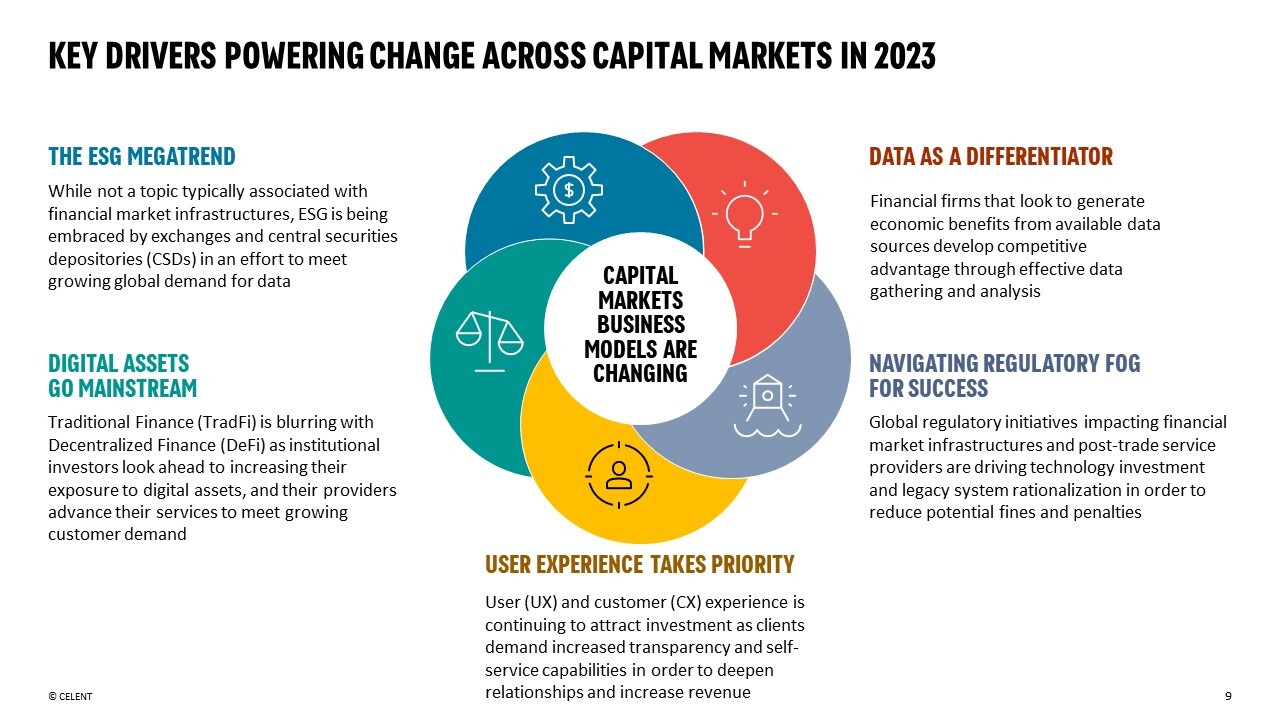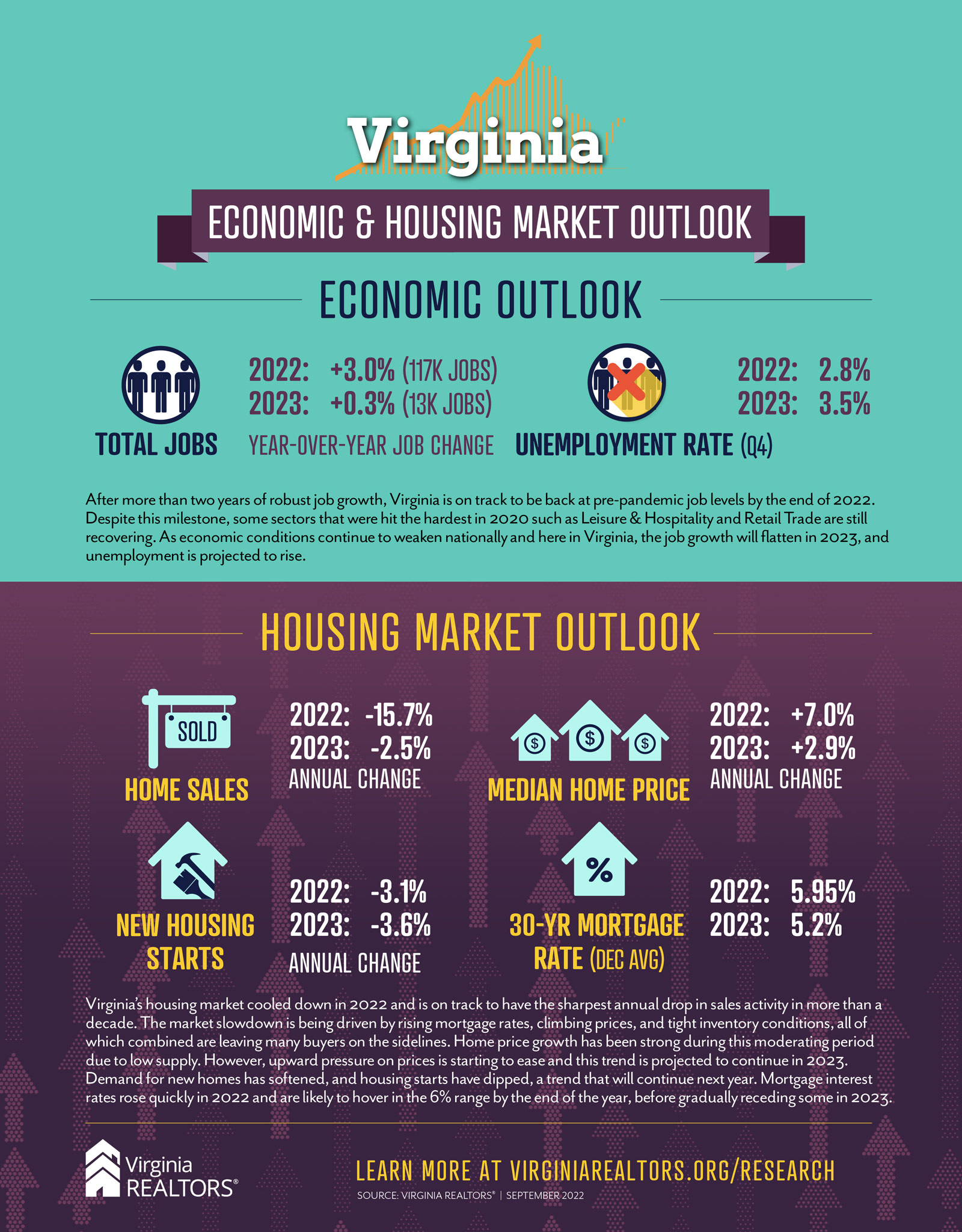
A Welcome Shift: Mortgage Rate Reductions Bring Hope to Borrowers
In a landscape where rising mortgage rates have become a common fear for potential homebuyers, recent announcements from three major UK banks bring a much-needed silver lining. Barclays Bank, HSBC, and TSB are taking a step back from the previous trend of increasing rates, unveiling reductions that could significantly alleviate financial pressure on borrowers. As the season progresses and the housing market remains a topic of considerable discussion, these reductions could serve as a catalyst for increased activity.
 The changing landscape of mortgage rates in the UK.
The changing landscape of mortgage rates in the UK.
Banking Giants Step Up
Starting this Friday, Barclays is set to implement cuts to its five-year fixed-rate mortgages, reducing costs by up to 0.45 percentage points. For new borrowers with a 40% deposit, the new rate will drop from 4.47% to 4.34%. This change is not just a numerical adjustment; it marks a pivotal moment for affordability in home financing. Furthermore, HSBC is following suit by cutting rates on two-, three-, and five-year loans while also withdrawing its longer-term, 10-year fixed-rate options. Like Barclays, TSB will also announce price reductions, making adjustments that could save potential buyers a considerable amount over the course of their mortgages.
These cuts come on the heels of a hesitant market, where increases in borrowing costs had been the norm as the Bank of England’s interest rate cuts continued to be a distant hope. However, recent shifts in money market swap rates—on which fixed rates primarily depend—have provided a glimmer of optimism for borrowers looking to remortgage or secure a home loan.
A Positive Outlook
Mark Harris, the Chief Executive of mortgage broker SPF Private Clients, has expressed optimism about these cuts, stating they could encourage more lenders to follow suit. “This latest round of mortgage rate reductions from some big lenders is great news for borrowers,” he noted, suggesting that this might stimulate the market significantly. Harris believes that as swap rates decline further, even more competitive rates could emerge, potentially ushering in an era of greater lending confidence.
 The interplay between swap rates and mortgage pricing.
The interplay between swap rates and mortgage pricing.
Market Response and Future Expectations
Despite these reductions, the broader context of mortgage affordability cannot be overlooked as many borrowers face the reality of significantly increased repayments compared to previous years. For instance, an average rate for two-year fixed mortgages stood at a staggering 5.92% recently—a far cry from the 3.03% average from just a year ago in May 2022. This persistent mismatch highlights the daunting challenge of home affordability in today’s economy.
A recent Reuters poll offers an insight into economists’ expectations concerning interest rates, with over half believing a decrease to 5% might be on the horizon come August. This potential shift could further affect mortgage rates positively or lead to more cautious lending practices.
What Borrowers Should Do Now
Given this environment, potential homebuyers and those looking to remortgage should prepare to take advantage of these new reductions. It’s essential to stay informed and compare the offerings from different lenders since rates can vary substantially based on the type and term of the mortgage. Additionally, maintaining an awareness of market movements and economic indicators will be crucial in making timely decisions regarding home financing.
 The evolving outlook of the UK housing market.
The evolving outlook of the UK housing market.
Conclusion
As these significant cuts in fixed-rate mortgages take center stage, it’s clear that borrowers stand at a crossroads. Will these reductions breathe new life into the housing market? Can we foresee a trend of increasing activity and renewed confidence among potential homeowners? While the answers to these questions remain uncertain, one thing is crystal clear: borrowers have a respite in the form of lower rates, and it is up to them to seize the moment. The hope is that as more lenders join the fray, we will witness a rejuvenation of the housing market that benefits all corners of the economy.
The current landscape is one of cautious optimism. It underscores the importance of persistence and adaptability within the ever-changing framework of mortgage lending. By staying informed and seizing opportunities, borrowers can navigate this period with confidence as they seek to fulfil their homeownership dreams.















